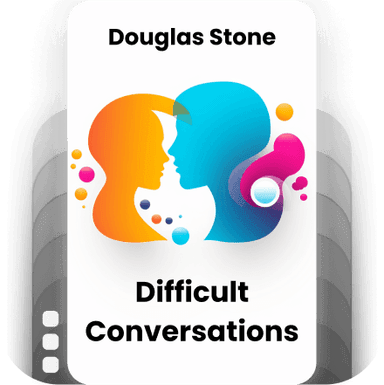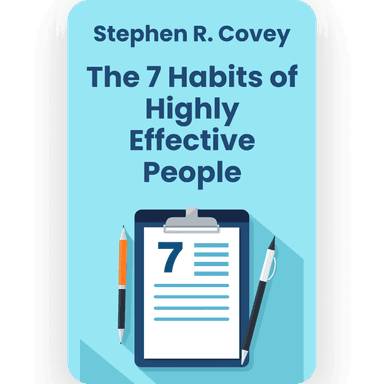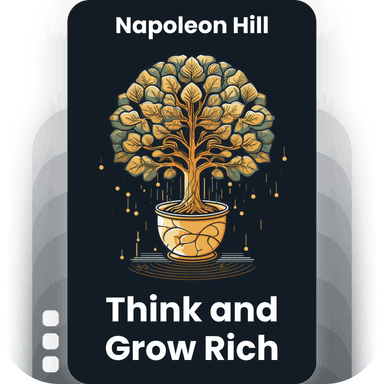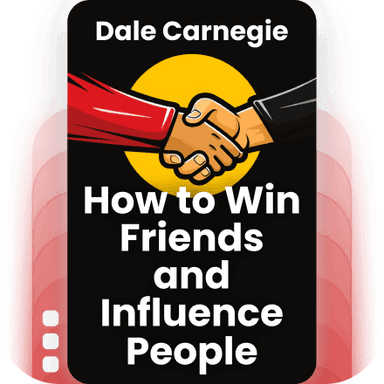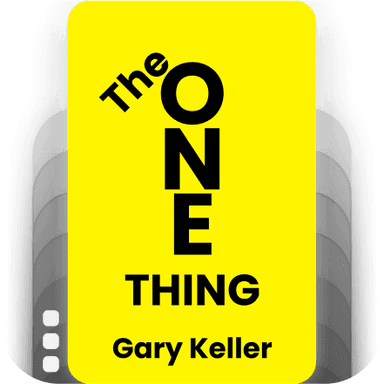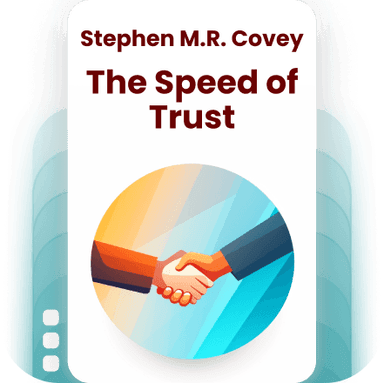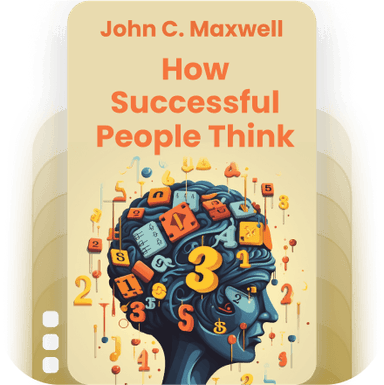
The Startup Owner's Manual
Steve Blank, Bob Dorf
4.2 - 5 ratings
10
List Points
10
Chapters
5
Topics
Description
This essential guide serves as a comprehensive playbook for entrepreneurs looking to build successful startups from the ground up, emphasizing a systematic and empirical approach known as the Customer Development process. It challenges conventional wisdom by advocating for continuous testing and validation of business assumptions through real customer feedback rather than relying on static business plans. The book is meticulously structured to help founders navigate through the complex landscape of early-stage ventures, offering practical insights and actionable methodologies aimed at minimizing risk and optimizing product-market fit.
What will you learn?
In this comprehensive guide, you'll delve deep into the intricacies of building a successful startup from the ground up, learning the essential methodologies for creating scalable businesses and avoiding common pitfalls. Focusing on the Customer Development model, the book provides step-by-step instructions for testing hypotheses, validating customer needs, and iterating products for market fit. You will gain vital insights into business modeling, lean startup principles, and effective tactics for navigating the tumultuous early stages of entrepreneurship, equipping you with the tools and mindset required to transform innovative ideas into thriving ventures.
Who’s it for?
• Aspiring entrepreneurs looking for practical guidance on starting a business.
• Existing startup founders aiming to refine their business models.
• Business students seeking a comprehensive understanding of the startup process.
• Investors and advisors wanting insights into successful startup strategies.
• Corporate innovation teams exploring lean startup methodologies.
Categories
Key Learning
Available chapters to listen for this topic- 1
Customer Discovery
Understand the process of discovering your customers and their needs through interviews, testing hypotheses, and iterating based on real-world feedback. - 2
Value Proposition
Learn how to define and validate the value your product or service offers to customers, ensuring that it truly solves a meaningful problem for them. - 3
Minimum Viable Product (MVP)
Explore the concept of an MVP to test your business hypotheses with minimal resources and quickly learn what works and what doesn't. - 4
Customer Validation
Focus on confirming that customers are willing to pay for your product, proving there is a viable market before scaling up operations. - 5
Customer Segments
Identify and prioritize different customer segments, understanding their unique needs and tailoring your offerings to meet them effectively. - 6
Channels and Path to Customers
Determine the most effective ways to reach your customers, from direct sales to partnerships, and optimize the channels for maximum impact. - 7
Revenue Streams
Analyze different ways to monetize your startup and identify the best revenue streams that align with your business model and customer preferences. - 8
Operations and Metrics
Establish key performance indicators (KPIs) and operational processes to monitor progress, align the team, and drive continuous improvement. - 9
Building and Scaling the Team
Learn how to recruit, onboard, and manage a team that can help you scale your business while maintaining a strong company culture and vision. - 10
Legal and Financial Foundation
Understand the essential legal and financial steps required to establish a solid foundation for your startup, from incorporation to intellectual property protection and fundraising strategies.


